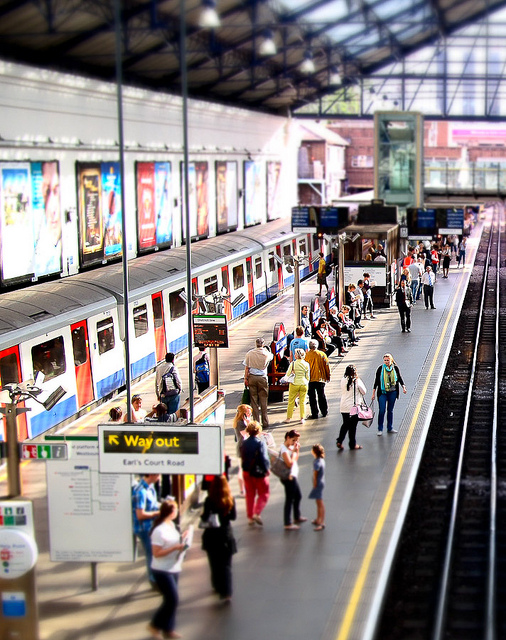- Home
- Sectors
- Solutions
- Tensabarrier®
- Tensator® Charging Stations
- Tensamedia® Wayfinding and Signage
- Lawrence® Post & Rope
- Tensator® Airport Passenger Guidance System
- Electronic Queuing – eQ™
- Tensaguide® Modular Barrier System
- Tensator Micam Protection – TMP
- Safety Solutions
- Access Control
- In-Queue Merchandising
- Holographic Virtual Assistant
- Virtual Queuing – VQMS
- Custom & Bespoke Solutions
- Resources
- About
- Contact Us
- Shop
 English (English)
English (English)
A smoother customer journey is the solution to commuting stress
25
Feb

This month, Transport for London begins its operation to close ticket offices at London Underground stations, instead replacing them with self-service ticket machines so that it can redeploy staff to be more customer facing. This move towards automated transactions is consistent with the overall trend of introducing self-service machine across sectors such as retail, entertainment and travel.
At the time that the plans were announced four years ago, there was perhaps understandable trepidation about how well commuters and tourists would be served by fewer staff. The answer is that efficient queue management becomes all the more important when it comes to letting customers navigate the ticket halls.
Research carried out by Tensator previously has shown how low public tolerance is of poorly managed self-service checkouts in retail. In fact, one in three shoppers in the survey admitted to downing their baskets and leaving a supermarket because of a bad experience with the machines. One in five even admitted to not paying for items if they triggered a fault.
For TfL and other transport operators in the UK to get around these issues – particularly with millions of impatient commuters rushing to get to work– the passenger journey needs to be as smooth as possible in order to keep passenger stress levels to a minimum. If the experience at the station is simple and easy to navigate, people are less likely to become frustrated. The station is where the passenger actively engages with the transport provider and the whole travel experience can be ruined by a poor service offering.
To eliminate queue frustration at the bank of self-service ticket machines, careful consideration needs to be given to organising a single line of people – rather than leaving several lines to form where nobody quite knows which to join. Single Line Queuing can reduce walk-aways by up to 96% and improve overall queue flow by up to 30%, as passengers easily see that they are making fair progress together, without anybody jumping their place.
Simple but effective solutions like these – for any busy transport hub – can make the difference between passengers having a stressful commute to work or an easy one, which affects their perception of their journey as a whole.
Who knows? If every commute was this simple, the morning rush hour might be the calmest part of the day.



